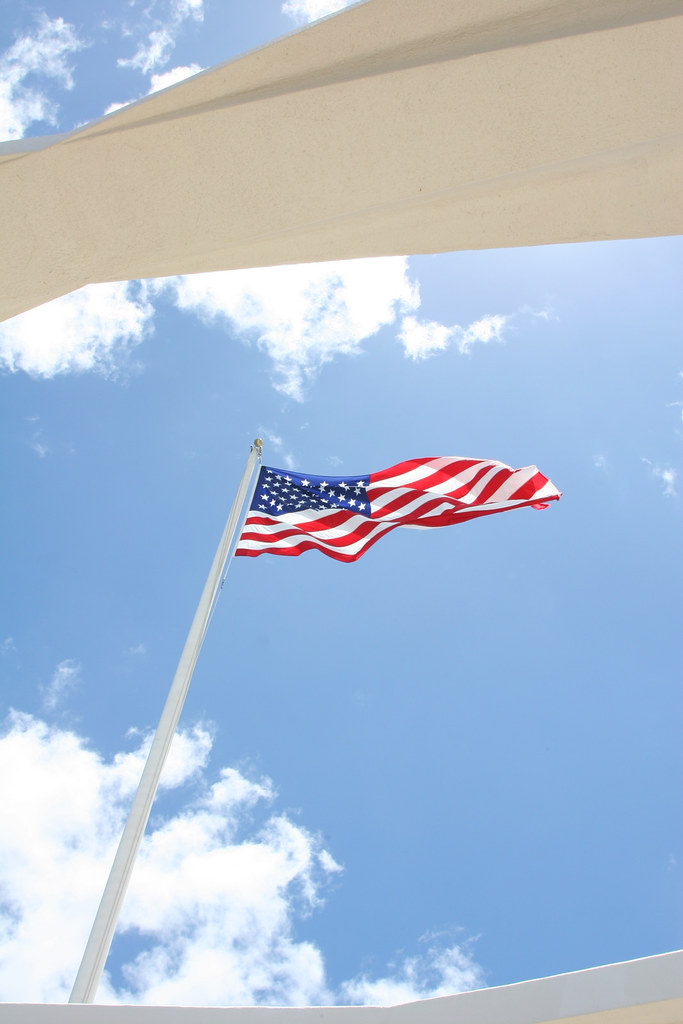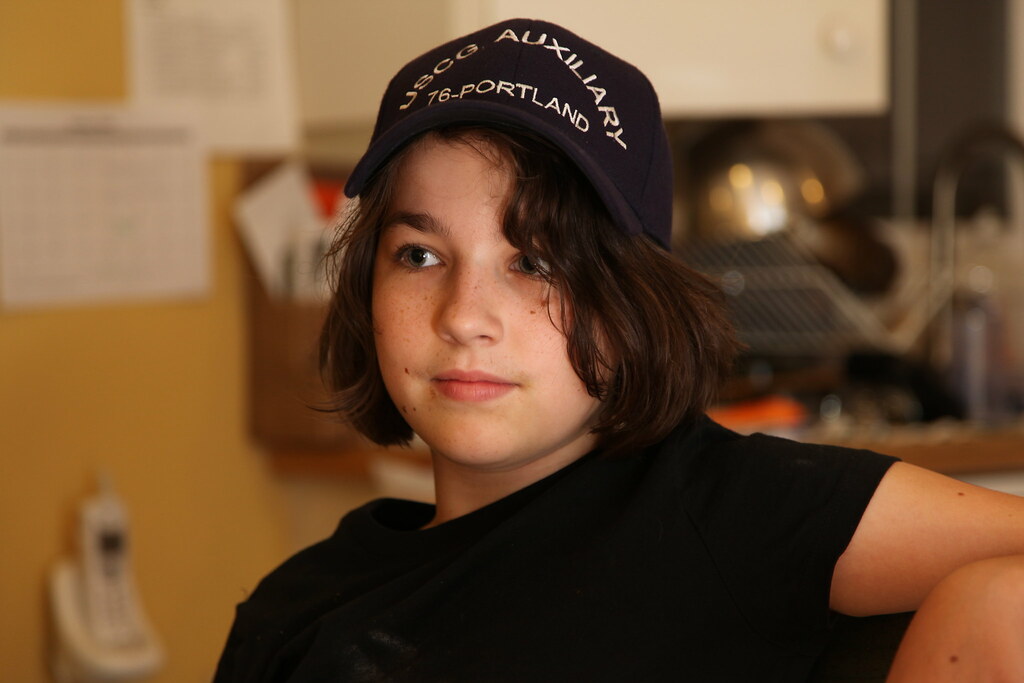Shipmates, By now you have likely seen the message traffic related to the collision of CG-1705, one of our C-130s, and a Marine Corps helicopter. Please keep the crew of CG-1705, the crew of the Marine helicopter and their families in your thoughts. Our people, Guardians and Marines, go into harms way every day in service of our country to protect us, save lives and preserve our liberty. All of them, no matter where in the world they serve, are in my thoughts tonight.
Please be safe in all your activities and look to the safety of your shipmates.
From: Allen, Thad Admiral
Sent: Friday, October 30, 2009 1:50 PM
Subject: ALL HANDS - Loss of Coast Guard C-130 and Marine Corps Helicopter
To the Men and Women of the United States Coast Guard:
I am deeply saddened to report that one of our C-130 aircraft, CG-1705 out of AIRSTA Sacramento, crashed last night about 15 miles east of San Clemente Island off the coast of San Diego. CG-1705, with seven Guardians onboard, was searching for an overdue 12-foot pleasure craft when there was a collision with a Marine Corps AH-1 Cobra helicopter at 1915 Pacific local time. There were two personnel on the Marine Corps helicopter which was conducting a separate training exercise.
The Coast Guard, Marine Corps, and Navy have been working collaboratively overnight and throughout today in response to this tragedy. I want to ensure our workforce is kept fully apprised as well.
We have been and continue to actively search for survivors. Two Navy surface vessels were on scene almost immediately after the accident. Several Navy and Coast Guard aircraft, along with a Customs and Border Patrol helicopter, are flying sorties in the area while multiple cutters including the BLACKFIN, BLACKTIP, EDISTO, PETREL, GEORGE COBB, and JARVIS are conducting surface searches. One of the Navy ships is remaining on-scene as well. No personnel have been found at this time but we will continue to work with our Marine Corps and Navy partners in this massive effort.
While we continue the search, we will fully support the men and women of AIRSTA Sacramento and their families. We are actively assisting the local field units to respond to this tragic event so they can focus on the ongoing search. This includes flowing resources and critical incident stress management teams where they are needed, supporting our fellow families and Service members, coordinating a joint military investigation, and working with our Department, the interagency, the Congress, and the media to keep people informed.
I know many of you want to know the names of the people who are missing. We are following the appropriate notification procedures and working closely with our sister Services and the impacted families to ensure the proper steps are followed. We will release that information as soon as possible.
I will provide further updates as they become available. I encourage all Coast Guard members to keep these missing Guardians and Marines in your thoughts during this difficult time and to continue looking after your shipmates.
Admiral Thad Allen
Commandant, U.S. Coast Guard









